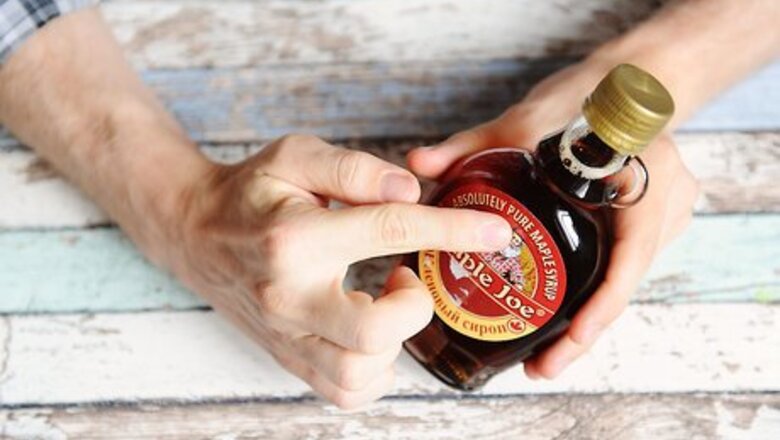
views
Boiling Maple Syrup
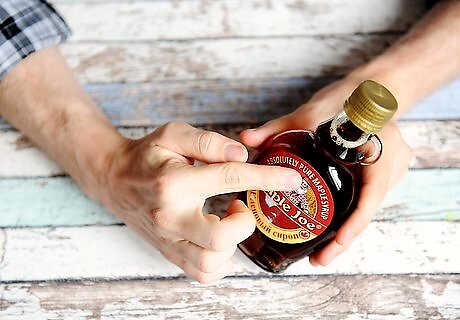
Start with pure maple syrup. Use syrup you've made at home or check a store-bought product's label to make sure it's pure maple syrup. Don't use maple-flavored syrup or any product other than pure maple syrup.
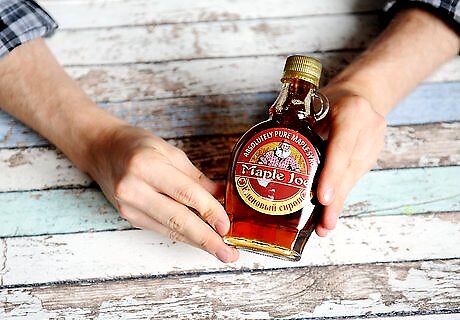
Use a lighter-colored syrup. For best results, it should also be a lighter syrup with an invert sugar level less than 2 percent. Darker syrups with higher invert sugar levels tend to make runny sugar that doesn't completely granulate. You could test your syrup using a glucose tester, which is available at most drugstores. To test syrup, dilute 10 grams (0.35 oz) of syrup in 90 grams (3.2 oz) of water, then insert a test trip into the mixture. If you don't want to go through the hassle of testing your syrup's invert sugar level, just go with a lighter colored syrup. Darker syrups usually have invert sugar levels around 10 percent.

Use a large pot with high sides. Pour your syrup into the deepest pot you have on hand. When the syrup starts to boil, it'll foam up, and you won't want it to spill over the pot's sides.
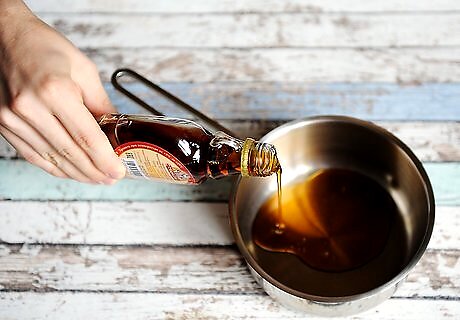
Fill the pot less than halfway with syrup. You can use as much syrup as you want, just make sure your pot is only one third to one half full. A quart (a liter) of syrup produces about 2 pounds (about a kilogram) of sugar. You can use that conversion to help you factor how much sugar to make.
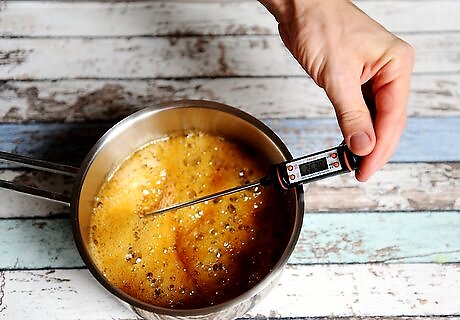
Heat the syrup to 262 °F (128 °C). Place a candy thermometer into your pot so you can keep an eye on the syrup's temperature as you boil it. Set your burner to medium-high, and watch the thermometer closely so you don't burn the syrup.
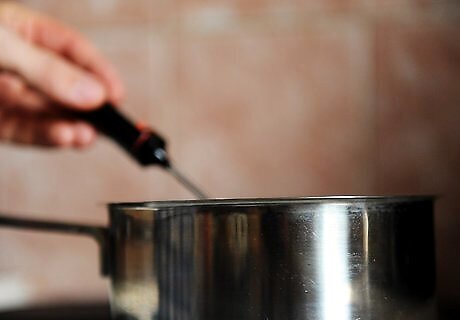
Monitor your syrup constantly while you heat it. Don't walk away from your syrup while it's on the stove. The amount of time it takes for it to boil will depend on your stove (for instance, gas heats faster than electric), elevation, and other factors. It might take five to ten minutes or more to reach the right temperature, but you'll need to constantly monitor it to stay on the safe side.
Cooling and Stirring
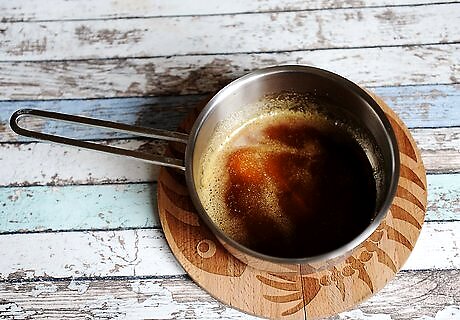
Remove the syrup from heat and let it cool to about 200 °F (93 °C). As soon as the thermometer reads 262 °F (128 °C), take the pot off the burner and turn off the stove. Let it cool to 200 °F (93 °C), so it's easier to stir without burning yourself.
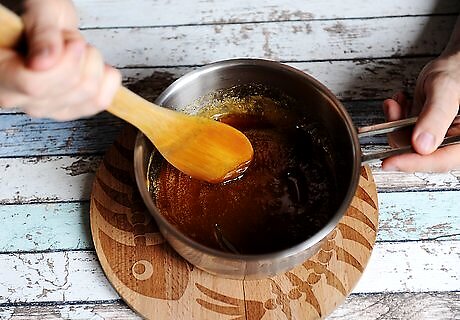
Stir the syrup for 10 to 15 minutes until it granulates. Use a big spoon to stir the reduced syrup for at least 10 to 15 minutes. You'll start to see crystals form, which will let you know that the syrup is granulating, or turning into sugar. You could use a standing or hand mixer as long as you know it's strong enough to handle the thick syrup. Unless they're high quality or commercial grade, most models will have a tough time with the thickened, reduced syrup. If you're not sure if your mixer is up to the task, hand mixing is your best option.
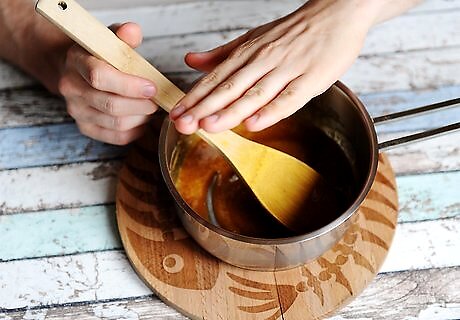
Watch out for bursts of hot steam. It's wise to wear gloves and an apron while you stir the hot syrup. At the very least, be sure to keep your face and exposed skin out of the pot. As the syrup granulates, it'll release bursts of hot steam.
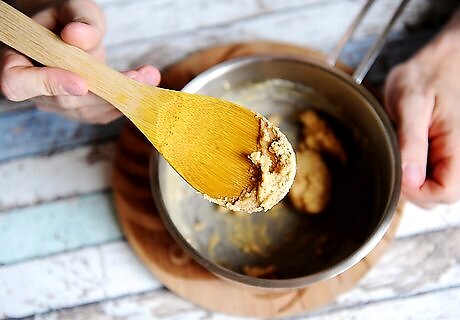
Strain the sugar through a coarse screen to create uniform grains. Once all of the syrup has granulated, pour it or spoon it through a stainless steel sieve. This will help you get rid of clumps and create evenly sized granules.
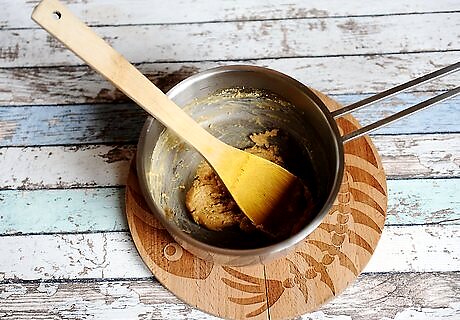
Let the sugar cool, then strain it again. Let your sugar cool to room temperature after sifting it. For best results, sift it one more time before packaging it.
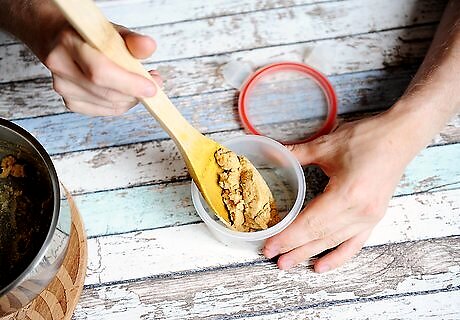
Store your sugar in a dry, airtight container. Store your sugar in a glass jar with a tight seal or other airtight container. Without a tight seal, the sugar will clump and harden, similar to how brown sugar hardens. You can store it at room temperature in your pantry. Like brown and white granulated sugar, maple sugar doesn't spoil. While it won't go bad, it might turn into a rock after a few months or if it's not stored in an airtight container.
Using Maple Sugar
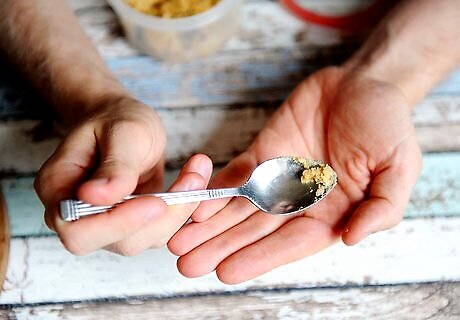
Add maple sugar a little at a time. Maple sugar has a strong flavor. Use a small amount when you start experimenting with it. Add little sprinkle, give your dish a taste test, then add more sugar until you've reached your desired sweetness and maple flavor.
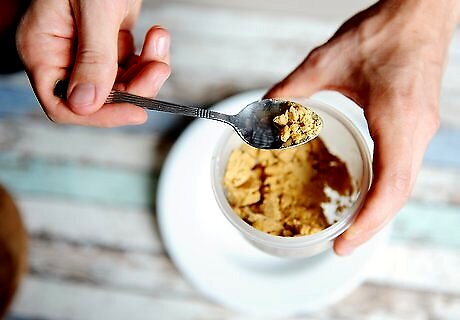
Sprinkle maple sugar over oatmeal or cereal. Make any breakfast better by adding a bit of maple flavor. Maple sugar is a great topping for both hot and cold cereals.
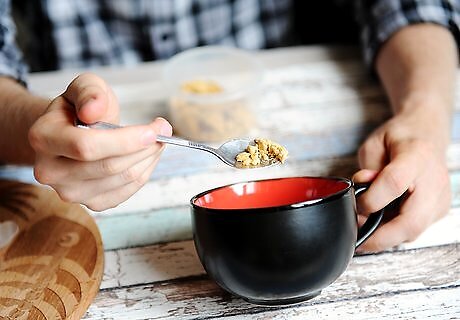
Put it in your coffee, tea, or hot chocolate. Don't worry if you find any lumps in your container of maple sugar. Those clumps of hardened sugar are perfect for hot drinks, like coffee, tea, or hot cocoa.
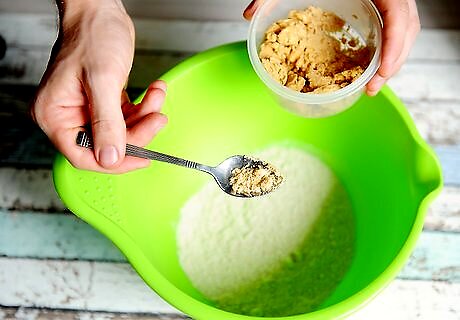
Use maple sugar in baking recipes. In baking recipes, it's not wise to use a liquid sweetener instead of a granulated one. Maple sugar is the perfect solution if you want to add maple flavor to a recipe that calls for white or brown sugar. Since it can be overpowering, substitute between one third and one half of the required white or brown sugar with maple sugar. For the remaining amount, use whatever the recipe calls for.
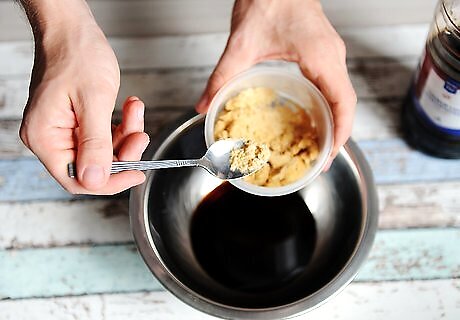
Use it in marinades and barbecue sauces. Lots of marinades and barbecue sauces call for brown sugar. Substitute half or even all of the sugar the recipe calls for to add a twist to a pork marinade or zesty barbecue sauce.
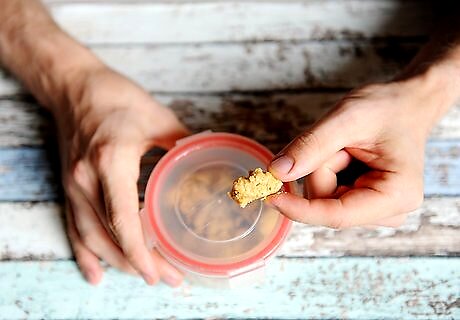
Blend or heat your sugar if it clumps. If you open your container to find a hardened, lumpy mess, have no fear! Take the amount of sugar you need and stick it in the microwave for 30 seconds to a minute. You can also pop it in a blender to break up the hardened clumps.


















Comments
0 comment